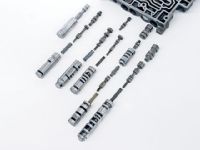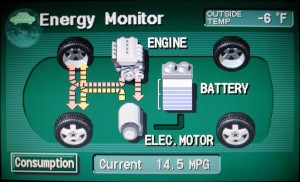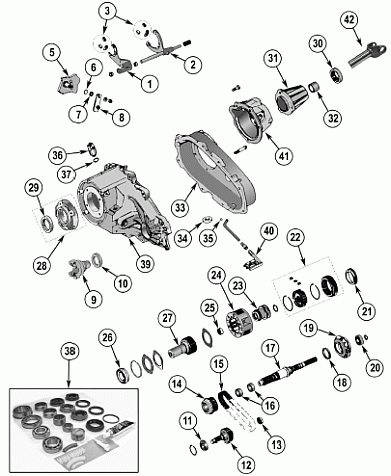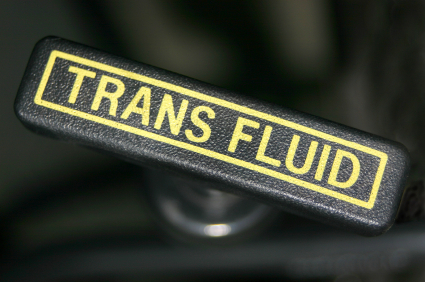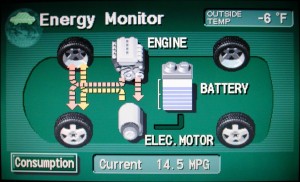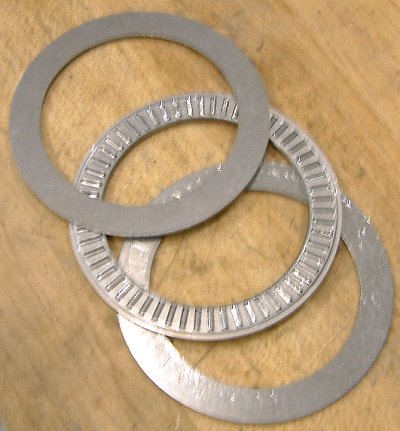
Transmissions and Torrington or Flat Bearings
All automatic transmissions or manual tranny’s make extensive use of bearings inside. There are several varieties of bearings we can discuss. Today we limit of discussion to flat bearings, commonly called torrington bearings, by the company who designed them, Torrington. Here are the flat bearing most commonly used in automotive transmissions and power-plants.
Thrust Bearings
# 1. Thrust bearings absorb axial loads from rotating shafts into the stationary housings or mounts in which they are turning. Axial loads are those transmitted linearly along the shaft. Good examples of axial loads are the forward thrust on boats or prop-driven airplanes as a result of their propeller’s rapid rotation. Thrust bearings are also used in power drills, where the user puts their weight into a rotating bit to drill through tough materials. The lazy-suzan in your kitchen has a flat bearing on the bottom.
Pure Thrust Bearings
#2. Pure thrust bearings are so termed because they only resolve axial forces from the rotating component into their mounting and not radial forces. As in other types of bearings, there are two major groupings of these bearings, sliding bearings and rolling bearings. An example of a sliding thrust bearing is a thrust washer which is a low-friction material between the shaft and the bearing journal along the rotating component. Types of rolling thrust bearings are ball thrust bearings, and specialized tapered roller bearings.
Combination Bearings
# 3. Many motors and machines use combination bearings which resolve both axial and radial forces with one bearing. These can be tapered roller bearings such as those used on automotive wheels, cup type ball bearings working in unison such as those on small ball bearing wheels on wagons and carts. They can also be deep groove caged ball bearings.
Combination bearings control the rotational motion around the shaft, and carry the weight of the vehicle. They also limit side to side movement along the shaft, such as when cornering hard in a sports car. In this capacity, they function as thrust bearings. Combination bearings are used in applications where the thrust loading might be coincidental or relatively small compared to the radial loading. Pure thrust bearings are used in applications where thrust loads are the predominant forces transmitted by the rotating components into their stationary containment.
Be the person who can answer questions such as this. Education comes in handy when you are shopping for transmissions. Call the specialists at GotTransmissions.com for any information you need. 866-320-1182.



